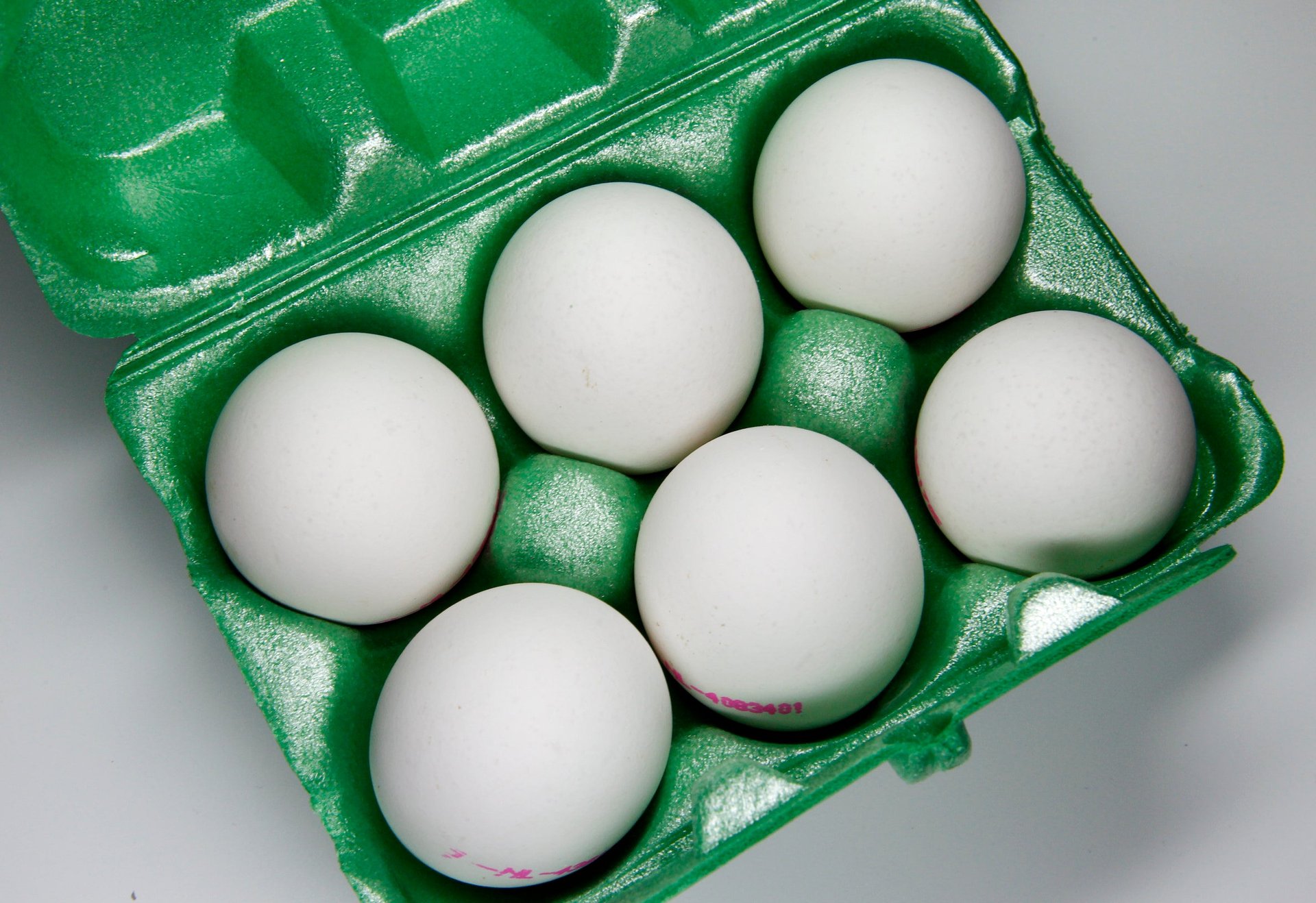Scientists developed a way to end the brutal practice of killing male chicks
It’s one of those ultimate signs of waste, a major sticking point for animal-rights activists, and a brutal reality of the modern food system.


It’s one of those ultimate signs of waste, a major sticking point for animal-rights activists, and a brutal reality of the modern food system.
Every year, the egg industry kills about 4-6 billion male chicks just because they are, in fact, male. Male chicks will never grow up to lay eggs and they don’t grow fast enough to raise them for meat (virtually all the chicken meat we eat comes from female birds). For this, almost all of them meet an untimely doom.
The imagery can be shocking. Fluffy baby chicks blithely riding along a conveyor belt for a few precious moments before they are swiftly fed right into the yawning mouth of an industrial shredder.
Now scientists in Germany have figured out a solution that stands to end that practice. Thanks to a patented test that’s appropriately called “Seleggt,” the sex of a chick can be determined before it ever hatches. So those eggs that would have hatched male chicks can be processed into other products, such as animal feed, before they ever crack open.
The test involves checking the eggs for a chemical marker inside the shells. Eggs carrying female chicks typically have a greater number of hormones floating around inside. Now that scientists can test for those hormones, they can figure out with almost 99% accuracy the sex of the embryo. The testing is fully automated, as well. A tiny laser beam burns a 0.3mm hole into the shells of each egg. Then, air pressure is used to squeeze the smallest drop of liquid from inside, which is collected and tested for the relevant hormones.
The new method was developed over four years in a program started by the Rewe Group, a supermarket chain that wanted to make its own brand eggs more sustainable. They are now selling their eggs under the marketing of “no-kill eggs.”
Right now the test is only being used by Rewe Group, however the company told The Guardian that it hopes to expand the model across Europe.